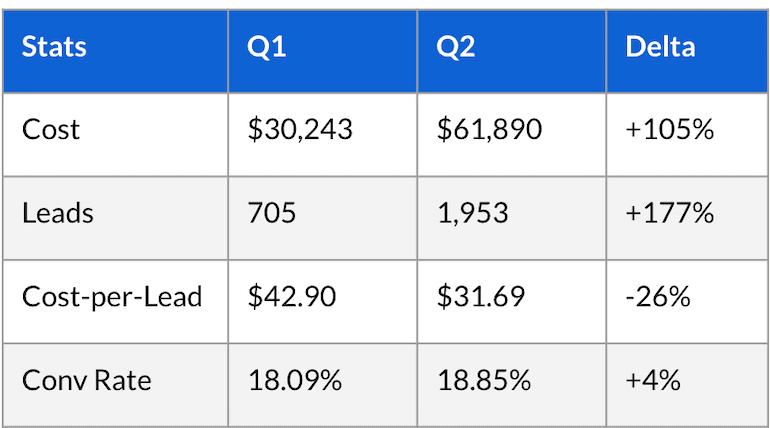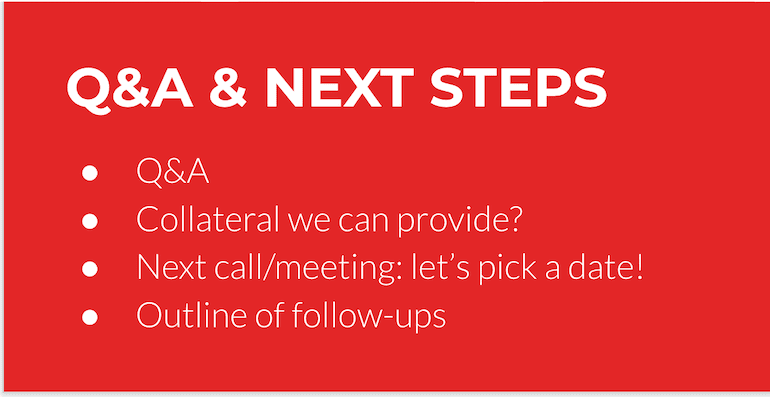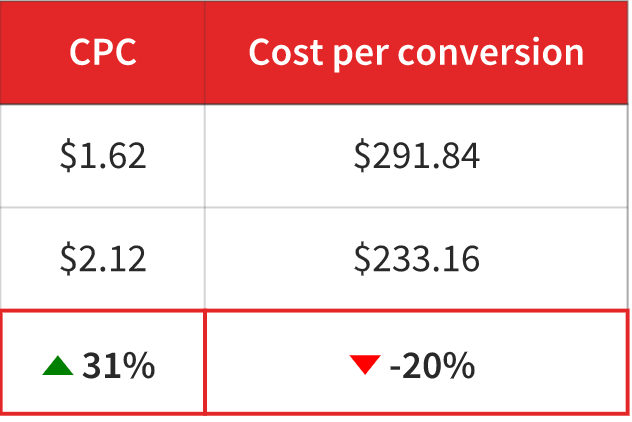If you work in the business world, you are most likely already familiar with the term QBR, or Quarterly Business Review. If you aren’t familiar, a QBR is a meeting held either internally or with clients once a quarter. The goal of the meeting is to recap last quarter’s strategy and results. It’s also an opportunity to present next quarter’s strategy plan, along with any budget or platform expansions. QBR’s are pivotal to any client relationship. It’s important you don’t miss any opportunity to showcase highlights, learnings, and growth opportunities.
Prep
When you’re preparing for a QBR, you need to keep your audience in mind. If this is going to be a meeting between agency and clients, then you’ll want to design your presentation based on this audience. You will most likely be speaking to executives or have higher-ups in the room, and keeping their attention can be challenging, especially if you are in the weeds with a bunch of data they don’t understand. If you feel nervous or unfamiliar with giving client presentations in the first place, this article gives great tips on how to be successful in a client presentation.
Another important aspect is getting feedback from your clients on what they would like to see. More often than not, our POC for our clients isn’t the main decision-maker in that company. Just like us, they have someone to answer to as well, and you want to be as in line with that person as you can for the presentation. Communicating with your POC about the things they would like to see is a key factor in a good QBR. You’ll want to be sure to include metrics they understand, information the executives want to see, and anything to make it easier for your POC to pass the presentation up.
Presentation
The slide deck is the meat of the QBR. This is what everyone will be referencing and where you can prove yourself. Here are some crucial elements that should be included in your slide deck:
- Quarter over Quarter data

- KPI’s that your client is interested in/keeps track of

- Updates on past initiatives that you tried from previous QBR
- New Initiatives/Platforms that you want to try
- What is/isn’t working
- Next Steps

If you have a slide deck full of data and unrecognizable charts, then you’re going to lose the client’s attention extremely quickly. On the other hand, if you don’t have the metrics and data they are interested in seeing, they aren’t going to be engaged. This is where already having communicated with your POC will become extremely beneficial.
Here is a quick list of Do’s and Don’ts that will help ensure that you’re delivering the right information in the best way.
Do:
- Include interactive, easy to read charts and tables.
- Highlight key findings and metrics. Make it easy for the client to know the main point of your slide.
- Use basic color schemes that are digestible and represent the data you are presenting.
For example, red is commonly used for when a metric is below goal or has decreased quarter over quarter. Green is used for when it is above goal or has increased.

Don’t:
- Have wordy slides. The slides are meant to represent the data in a visually pleasing way, not give the presentation for you.
- Present on in the weeds data. This isn’t the time to discuss which keywords worked and which didn’t. This is a bigger picture, strategic presentation.
- Read verbatim off of your slides. This is supposed to be a conversation between you and your clients to strategize on how to meet a common goal, so don’t be afraid to ask their opinions and include them.
Follow Up
Just as having the QBR is important for discussing strategy and performance, following up after the QBR is necessary for many reasons, mainly to provide a recap on the things discussed during the meeting. This is a great time to revisit all the of the action items that need to be taken after the meeting, the timelines on those items, and to let each member of the team know what is needed from them. These meetings are analytical and many things might be changing, so sending a follow-up email is a great way to keep everything organized and keep people accountable for the plans that were discussed.
QBR’s can be a great way to engage face to face with your clients and really discuss how you can help them reach their goals. QBR’s can be scary and the amount of preparation that goes into them can be daunting, but by following these tips and putting in the work upfront, you can be the hero of your next QBR.



